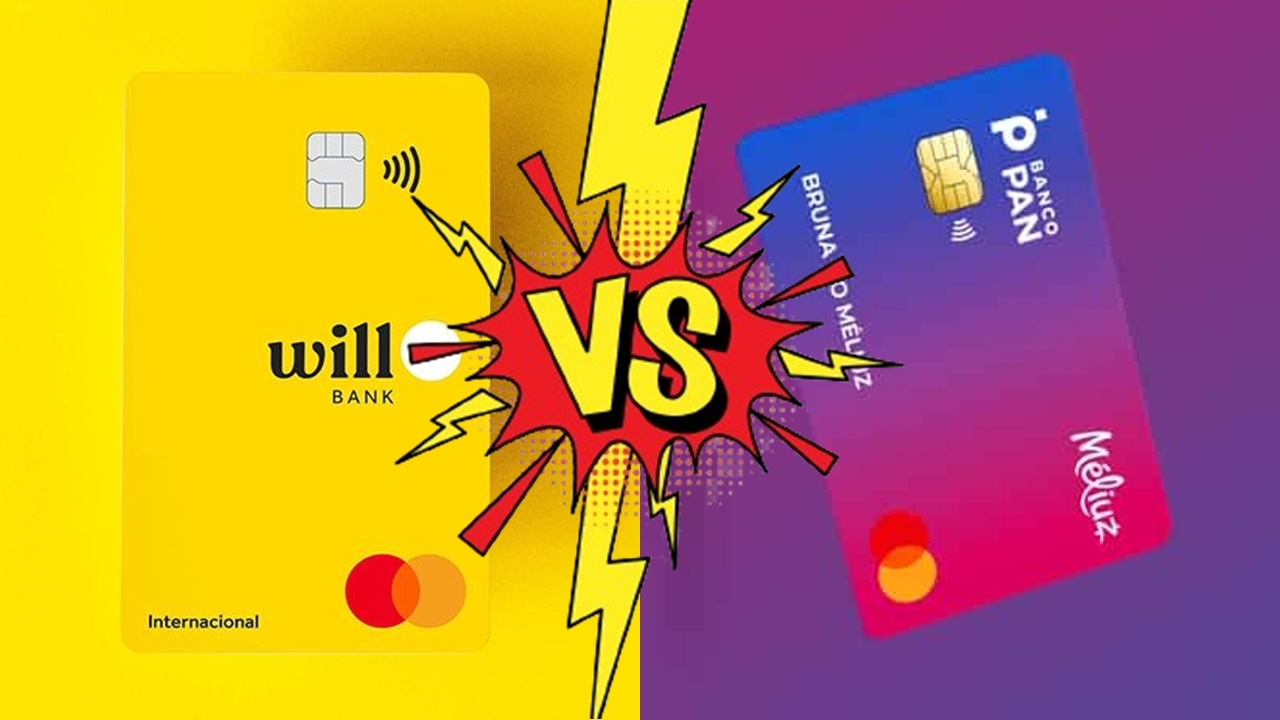Credit cards have become an essential financial tool for millions of Americans. They offer convenience, rewards, and a line of credit that can be crucial in times of need. However, the benefits of using a credit card often come at a cost, and that cost is typically expressed through APR, or Annual Percentage Rate.
APR is the interest charged on any balance carried over from month to month, and understanding how it works can save consumers a significant amount of money in the long run. While many credit card users are familiar with the term APR, fewer people understand the intricacies of how it works, how it’s calculated, and what it truly means for their financial health.
In this guide, we’ll break down the concept of APR, explore the different types of APR, and offer practical tips on managing credit card interest more effectively. Whether you’re a seasoned cardholder or a newcomer, this guide will help you make informed decisions about your credit use.
What is APR and how is it calculated?

APR stands for Annual Percentage Rate, which is the interest rate that applies to any unpaid balance on a credit card. While it’s commonly referred to as the interest rate, APR is slightly different as it also includes certain fees that are part of borrowing money. Essentially, it’s a broader measure of the cost of using credit, giving consumers a more comprehensive picture of what they’re paying when they carry a balance.
APR is expressed as an annual rate, but credit card companies typically apply it on a daily basis. This is done by dividing the APR by 365 (the number of days in a year) to get the “daily periodic rate.” Each day, the credit card issuer applies this rate to any outstanding balance on your account.
For example, if your credit card has a 20% APR, the daily periodic rate would be approximately 0.055% (20% divided by 365). The credit card company then multiplies your outstanding balance by this percentage to calculate how much interest you owe for that day.
This daily calculation means that the longer you carry a balance, the more interest you accumulate. It’s also important to note that credit card companies often compound interest, meaning that you may be charged interest on top of any unpaid interest from previous billing cycles. This can make it easy for balances to grow quickly if not managed properly.
Types of APR: variable, fixed, and promotional rates
When applying for a credit card, it’s crucial to understand that there are different types of APRs that may apply to your account. The most common types include variable APR, fixed APR, and promotional APR. Each has unique characteristics that can affect how much interest you pay.
Variable APR
Variable APR is tied to an underlying interest rate, usually the prime rate, which fluctuates over time based on economic conditions. When the prime rate rises, your credit card’s variable APR will also increase, meaning that you’ll end up paying more in interest.
Conversely, if the prime rate drops, so will your APR. Because it’s linked to external factors, a variable APR can be unpredictable. Credit card issuers will typically inform you of the current APR in your billing statement, but it’s important to keep an eye on any changes that may occur due to shifts in the broader economy.
Fixed APR
Fixed APR, as the name suggests, does not change as frequently as variable APR. However, this doesn’t mean it will stay the same forever. While fixed APRs are more stable, credit card companies can still adjust them under certain conditions, such as if you miss payments or if they notify you in advance of a rate change. Fixed APRs provide more predictability, which can be helpful for consumers who prefer stability in their financial planning.
Promotional APR
Promotional APRs are special interest rates that credit card companies offer for a limited time, usually as an incentive to attract new customers. For example, a card may offer 0% APR on purchases or balance transfers for the first 12 to 18 months.
While promotional APRs can be beneficial for reducing the cost of large purchases or consolidating debt, it’s important to be aware of when the promotional period ends. Once it does, the APR typically reverts to the card’s standard rate, which can be significantly higher.
Managing credit card interest: practical strategies to reduce costs
APR can be intimidating, especially when balances begin to grow. However, there are several strategies you can implement to minimize the impact of credit card interest on your finances. By being proactive and disciplined, it’s possible to keep interest costs low and manage your debt effectively.
Paying off your balance in full
The simplest way to avoid paying interest on a credit card is to pay off your balance in full every month. Most credit cards come with a grace period, which is the time between the end of your billing cycle and the due date for your payment.
As long as you pay your entire balance by the due date, you won’t be charged any interest, regardless of the APR. This strategy works best for individuals who can manage their spending and pay off their balance regularly.
Making more than the minimum payment
If paying your balance in full isn’t possible, aim to pay more than the minimum payment each month. Minimum payments are typically calculated as a small percentage of your balance, but paying only the minimum allows interest to accumulate. By paying extra, you reduce the principal balance faster, which in turn reduces the amount of interest you owe. Even small additional payments can make a big difference over time.
Consider balance transfers
For those who are carrying a significant amount of credit card debt, a balance transfer may be a useful tool. Many credit cards offer balance transfer promotions with low or 0% APR for a set period. By transferring your debt from a high-interest card to one with a lower promotional rate, you can save money on interest and pay down your balance faster. However, it’s essential to read the fine print, as balance transfer fees and the end of the promotional period can impact the overall cost.





